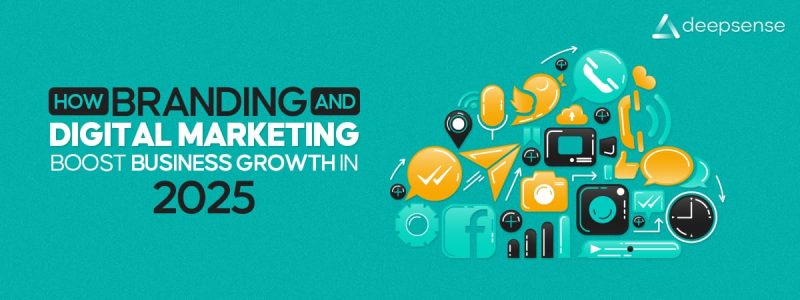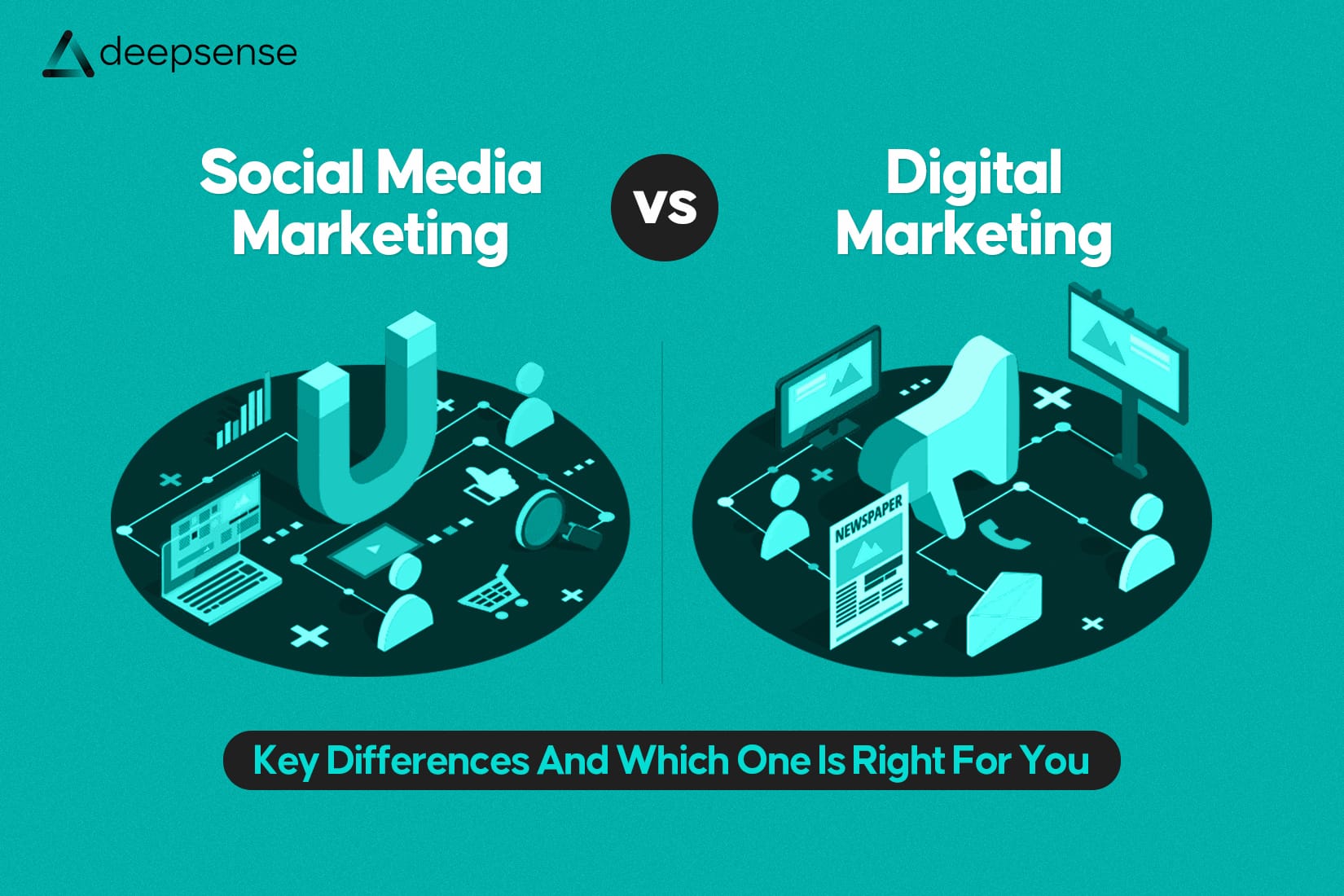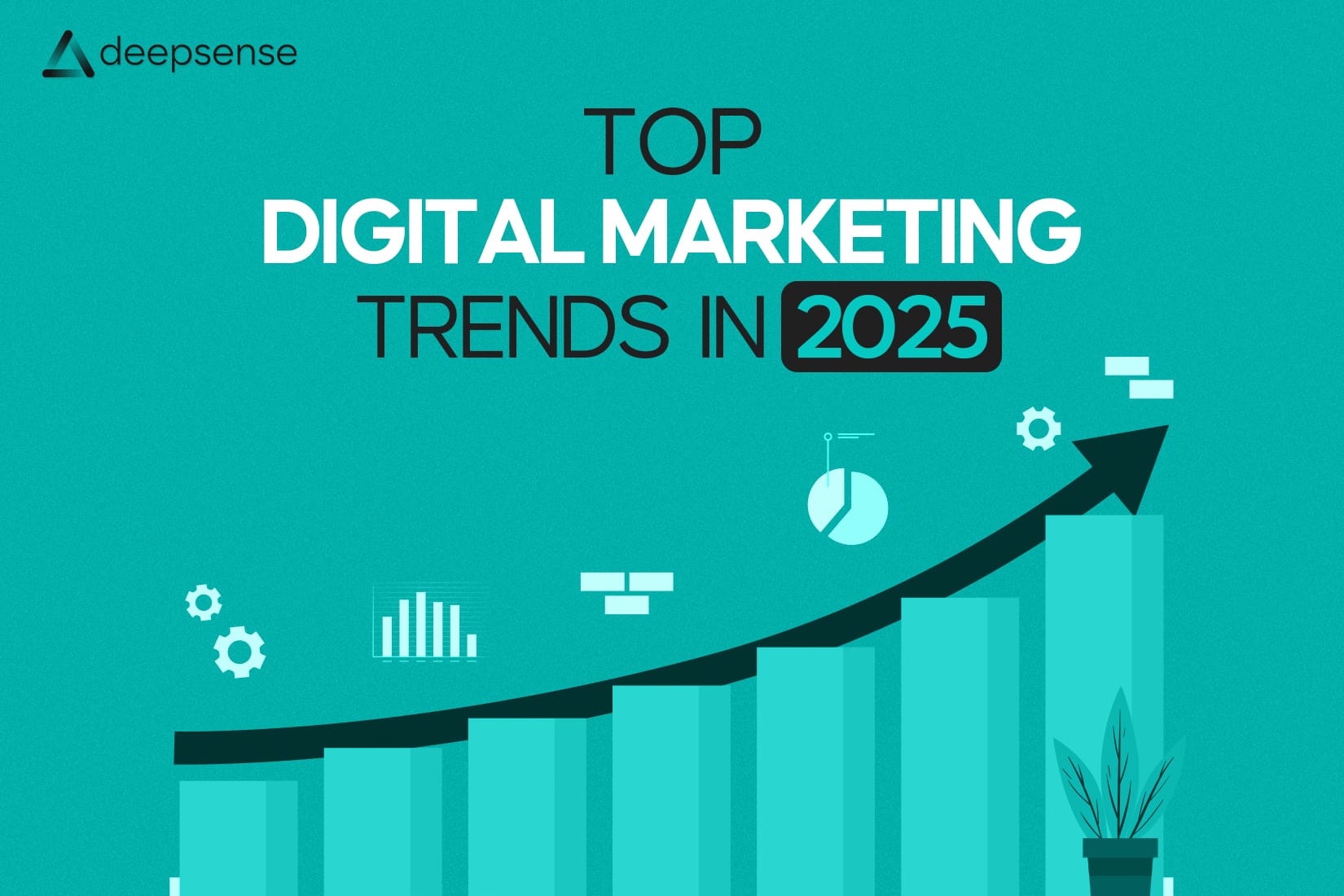How to Grow with Grace Without Losing Exclusivity
In the world of luxury, perception is everything. Unlike mass-market brands that thrive on reach and volume, luxury brands flourish on aspiration, storytelling, scarcity, and prestige.
But here’s the reality: the modern luxury consumer is digital-first. They shop online, follow luxury influencers, watch behind-the-scenes content, and make decisions based on what they experience through a screen.
So how do luxury brands embrace digital without losing their mystique? Let’s dive into 10 strategic approaches that global luxury giants (and smart upstarts) are using to win online, while preserving their brand DNA.
1. Craft a Premium Digital Identity
Why it matters:
Your online presence must mirror the exclusivity and elegance of your offline experience.
What it includes:
- A clean, minimalistic design
- High-quality photography & video
- Curated copywriting with a refined tone
Case in Point:
Chanel’s website feels like an editorial magazine. Every detail, from fonts to user flow, feels considered. It doesn’t push products aggressively. Instead, it invites you to explore.
Stat:
A 2022 BCG-Altagamma study showed that 80% of luxury purchases are influenced by digital touchpoints, even if the final purchase happens offline.
2. Tell a Compelling Brand Story (Without Overselling)
Luxury customers crave a connection, with the brand’s values, history, and craftsmanship.
Tactics:
- Highlight heritage (founder stories, design lineage)
- Showcase craftsmanship through artisan spotlights
- Talk about materials, sourcing, and design process
Case in Point:
Hermès‘ “Inside the Atelier” videos allow viewers to see how a Birkin bag is made, stitch by stitch. No price tags. No urgency. Just pure storytelling.
Storytelling builds trust, connection, and desire, all cornerstones of luxury.
3. Focus on Selective Platform Presence
Luxury is about being intentional, not omnipresent.
What works:
- Instagram: Aesthetic curation, campaign storytelling, Reels
- Pinterest: Moodboards for home, fashion, and design
- YouTube or Vimeo: High-production brand films
- LinkedIn: Especially useful for B2B luxury industries (e.g., interior design, real estate)
Case in Point:
Bottega Veneta deleted all its social media accounts in 2021, and instead leaned into exclusivity via a digital-only magazine called “Issue.” It was bold, contrarian, and totally on-brand.
This wasn’t abandonment. It was refinement.
4. Leverage Emotional Storytelling Through Video
Luxury is felt, not explained. That’s where video excels.
Content types:
- Behind-the-scenes footage
- Seasonal campaign films
- Interviews with muses or designers
- Editorial-style short films
Case in Point:
Cartier’s “L’Odyssée” film series blends brand history with cinematic storytelling. One film received over 180 million views globally, no CTA, just immersive experience.
Stat:
Viewers retain 95% of a message when watched on video vs. 10% when read (Forbes).
5. Build an Exclusive, High-Touch Customer Journey
Luxury buyers want more than a cart and checkout, they want a personalized, white-glove experience.
What to offer:
- Live consultations or virtual stylists
- Invitations to private launches
- Personalized packaging and handwritten notes
- Loyalty programs that don’t feel like rewards cards
Case in Point:
Burberry created a digital clienteling tool that allows sales advisors to send tailored product recommendations and invite-only previews directly to top customers.
It’s about knowing your customer so well, they feel like royalty.
6. Use Email Marketing to Nurture, Not Spam
Forget the promo blasts, luxury email marketing is like a private letter from your favorite curator.
Best practices:
- Send curated collections and seasonal lookbooks
- Feature style guides, designer insights, or cultural partnerships
- Segment lists into tiers (VIPs, new prospects, browsers)
Case in Point:
Net-a-Porter’s “Porter Edit” weekly newsletter reads like a fashion editorial, not a sales push. It elevates the brand while quietly selling products.
Think of email as your digital concierge, not your pushy salesperson.
7. Embrace Scarcity & Limited Editions
Scarcity in luxury isn’t a trick, it’s a promise of rarity and distinctiveness.
How to do it digitally:
- Tease limited drops with short, cinematic trailers
- Use gated access (“Only for members” or “Request invite”)
- Offer made-to-order or bespoke options with limited windows
Case in Point:
Rolex never sells online. Their product drops are unannounced, unpredictable, and scarce. The result? Waitlists, obsession, and black-market demand.
Digital can amplify scarcity, not erase it.
8. Collaborate Selectively with High-Value Influencers
Luxury doesn’t play the volume game, it’s about alignment and aspiration.
What to look for:
- Influencers with curated, niche audiences
- Stylists, artists, or editors with credibility
- Creators who fit your brand aesthetic, not just big follower counts
Case in Point:
Dior Beauty’s collaboration with Bella Hadid brought in Gen Z attention without compromising on sophistication. It blended influencer reach with editorial storytelling.
Stat:
Influencer campaigns deliver 11x higher ROI than traditional banner ads (TapInfluence x Nielsen), especially when the influencer fits the brand ethos.
9. Create a Private or VIP Digital Space
Give your top clients a feeling of privileged access.
Ideas:
- Invite-only virtual trunk shows
- Private WhatsApp groups or stylists
- Hidden VIP site sections
- Digital “by-appointment” shopping with stylists
Case in Point:
Ralph Lauren launched a private shopping experience via Zoom where stylists helped VIP clients select products from their latest collection.
Digital exclusivity deepens loyalty, it tells customers, you’re not just buying, you belong.
10. Use Data to Personalize Without Losing the Human Touch
Luxury isn’t about automation, it’s about anticipation.
Use data to:
- Send relevant recommendations
- Create birthday or anniversary moments
- Offer bespoke styling based on previous purchases
Case in Point:
Farfetch uses AI to deliver tailored homepage experiences, showing different layouts, products, and offers based on shopper behavior.
Stat:
80% of consumers are more likely to purchase when brands offer personalized experiences (Epsilon).
In luxury, data should elevate personalization, not replace human nuance.
Wrapping It All Up: Elevate, Don’t Just Digitize
In a world obsessed with going viral, luxury brands are best served by being intentional, immersive, and quiet-but-powerful.
From Cartier’s cinematic campaigns to Chanel’s storytelling, from Burberry’s tech-forward personal shopping to Bottega Veneta’s social silence, each proves that luxury digital marketing isn’t about shouting. It’s about evoking.
Digital doesn’t diminish exclusivity, it refines it when used with taste and purpose.
So whether you’re launching a new luxury label or modernizing a heritage house, remember:
Luxury isn’t what you sell. It’s what people feel when they experience your brand.
FAQs
1. How is digital marketing different for luxury brands compared to mass-market brands?
Digital marketing for luxury brands is less about reach and volume and more about exclusivity, storytelling, and curated experiences. While mass-market brands might focus on discounts and virality, luxury brands emphasize heritage, emotion, and personal connection, often using minimal yet high-impact digital touchpoints.
2. Can luxury brands really succeed on social media without losing their exclusivity?
Yes, if done strategically. Platforms like Instagram and Pinterest are ideal for curated, high-aesthetic storytelling. Instead of posting frequently, luxury brands tend to post selectively with premium visuals, cinematic content, and meaningful stories that reinforce their brand’s identity rather than chase trends.
3. What platforms are best suited for digital marketing of luxury products?
- Instagram – Visual storytelling and brand campaigns
- Pinterest – Moodboarding and luxury lifestyle inspiration
- YouTube/Vimeo – Editorial or cinematic video content
- LinkedIn – For luxury B2B or high-end service brands
- Private platforms – Like WhatsApp or gated VIP sections on websites for personalized experiences
4. Is influencer marketing still relevant for luxury brands?
Absolutely, but with a selective, niche-focused approach. Luxury brands should partner with highly curated influencers, stylists, or tastemakers who reflect the brand’s values and aesthetic. The goal is not mass exposure but quality alignment and cultural cachet.
5. How can a luxury brand use email marketing without feeling “too salesy”?
Luxury email marketing should feel more like a personal invitation or editorial newsletter than a sales pitch. Send beautifully designed emails with styling tips, new collection previews, or personal stories from designers, always maintaining an exclusive, elegant tone.
6. Should luxury brands embrace e-commerce or remain offline?
E-commerce is essential, even for luxury, but it must feel seamless, premium, and personalized. Brands like Gucci, Louis Vuitton, and Hermès have elevated online shopping experiences without compromising prestige. The key is to maintain the same refinement online as you would in a boutique.
7. What role does storytelling play in luxury digital marketing?
A massive one. Storytelling helps convey the values, craftsmanship, heritage, and exclusivity of a brand. It transforms a product into a narrative, making it emotionally desirable rather than just materially valuable.
8. How can luxury brands use data without seeming impersonal?
Luxury brands should use data to enhance personalization, not automate everything. For example, remembering a client’s past purchase to recommend a matching accessory or sending a birthday gift guide shows care and attention, not just tracking behavior. Always keep the human touch at the forefront.











